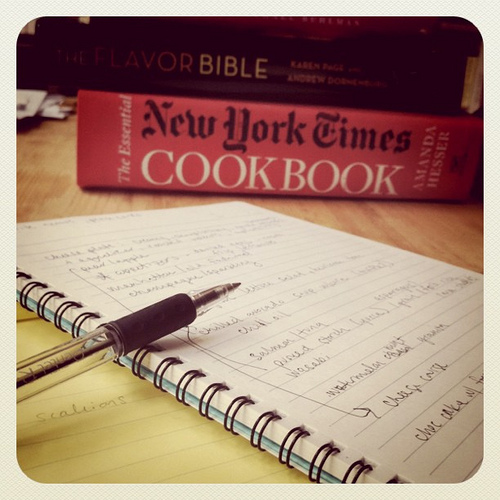How to plan for the best menu for your next catering gig? Opt for cuisines that are tasteful, creative, affordable and will surely wow your guests’ taste buds. It’s either you pick an innovative cuisine or stick to what’s traditional. That’s why if you want to make your clients’ affair a really successful one, proper menu planning is essential as poor menu planning could really harm your reputation and ruin your client’s event.
Planning Principles for Successful Catering
Before you plan out the menu, the first thing that you have to consider is to confirm from the client the date, time and venue of the event. You also have to quantify the number of people that he wants to invite and his budget. According to Anthony Franco, a renowned caterer and owner of Better Cater, a catering software company, clarifying everything with your client will eventually save time and make everything clear in planning and in executing the details of the event. Of course, you need to have the right facilities to make your work more convenient and really easy to accomplish.
Basic menu categories
Catering events happen no matter what of the day, depending on the clients. So expect to get phone calls from clients asking you prepare a breakfast, lunch or dinner. Your menus, meanwhile, will have to depend on where you specialize at. There are also different service styles to consider and you have to be familiar with this so when your client asks, you can offer him as many options as possible. Here are some of the basic types of special events service:
- Seated, served meals. Pick menus that are ideal for serving at the table, either individually plated or from platters. Cocktail receptions may usually precede this type of service, where hors d’oeuvres may be served to guests.
- Buffets. Buffet service gives guests the freedom to select a variety of foods. Sometimes, attendants are available to help them pick the food, although the need for wait staff is generally lesser compared to that of a seated-and-served event.
- Food stations. Food stations are ideal when the event happens in different floors of a building, when a variety of exotic cuisines are being offered, or when guests mingle and move from here to there.
- Stand-up cocktail parties. In this type of service, hors d’oeuvres are usually served and may or may not follow lunch or dinner.
- Barbecues and picnics. Perhaps the most laidback of all the types of food service, barbecues and picnics are usually held outdoors where staple foods include burgers, hotdogs, steaks, etc.
Serving the right menu
How do you make sure that you’re serving the right menu to your guests? Consider the following:
- Serve foods that are popular.
- Hors d’oeuvres should be bite-size and clean-looking.
- Never serve the same menu twice. If you’ve serve stuffed pea pods for the appetizer, don’t serve it again as the main course.
- Serve menus that you specialize at and that you are sure to prepare in sumptuously.
- Food and courses could range depending your customer’s desire, so it’s best to consult your client first on this and be familiar with as many menus as possible.
- Make sure to match your menu with appropriate drinks. For example, if you’re serving red meat, red wine would be appropriate.
- Don’t forget to garnish your food.
- Always use fresh ingredients. Organic and locally-sourced would be even better.







